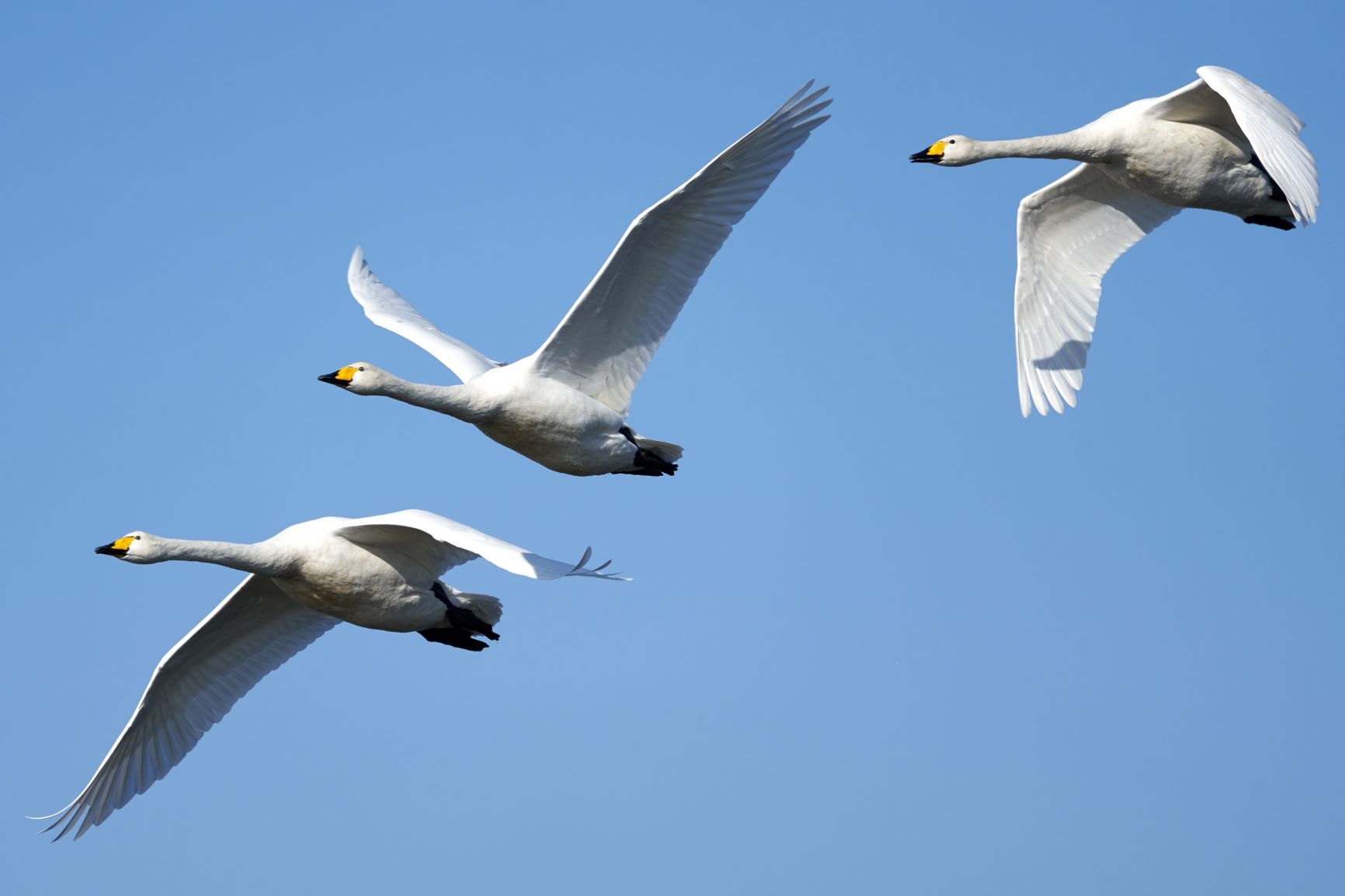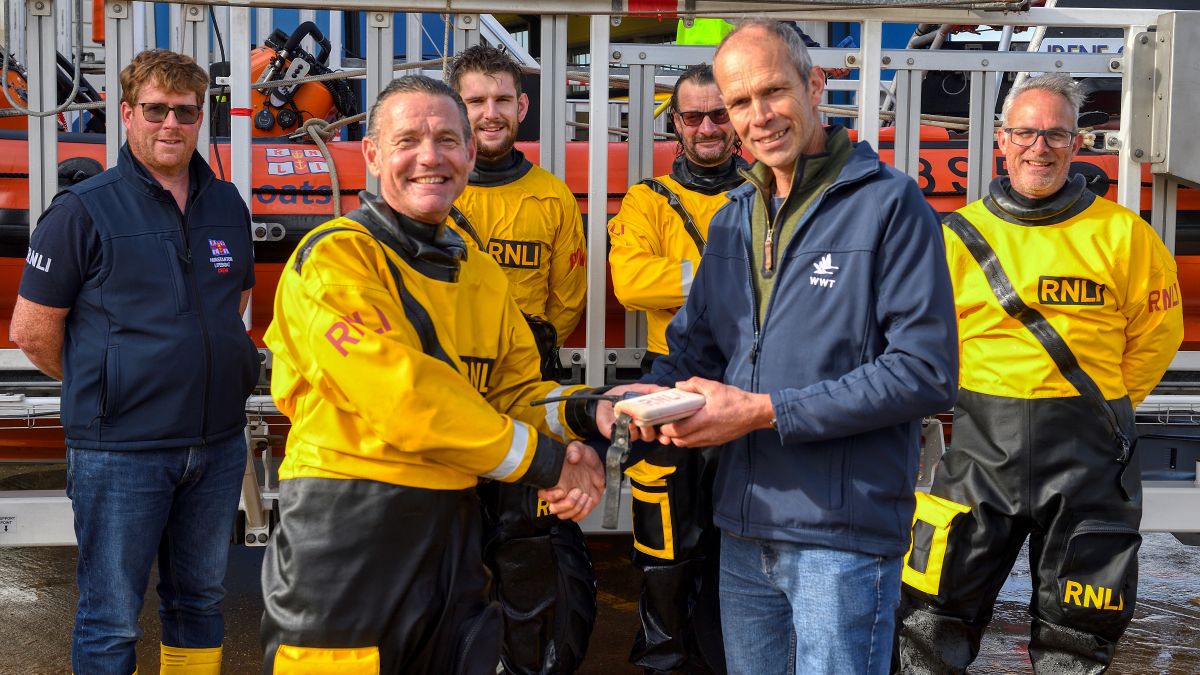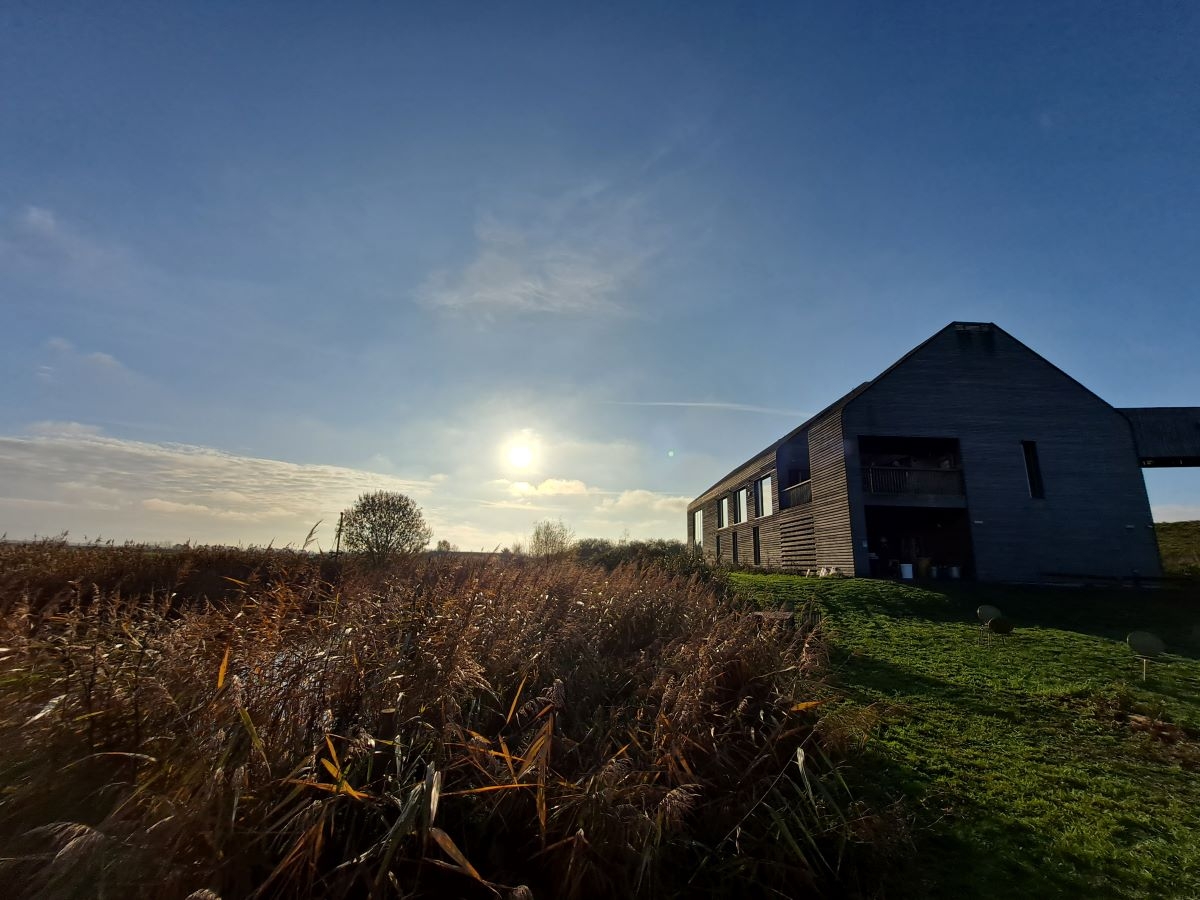Paddling pochard
The winter flock of pochard enjoyed from the main hide at Welney is a real seasonal highlight - read on to get to know a little more about these fantastic characters.
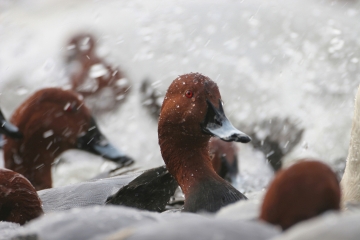
These charismatic little birds are often at the forefront of the swan feeds at WWT Welney. Though the swans are the stars of the show for many of our visitors, pochards can be just as entertaining as they dart across the water's surface, avoiding the frantic and food-obsessed mallards. They dive under the water to hoover up the grain that the swans can’t reach and leave a whirlpool effect at the surface. The males have a chestnut brown head, black chest and tail and a grey back. The females are similar in pattern but display various shades of brown instead.
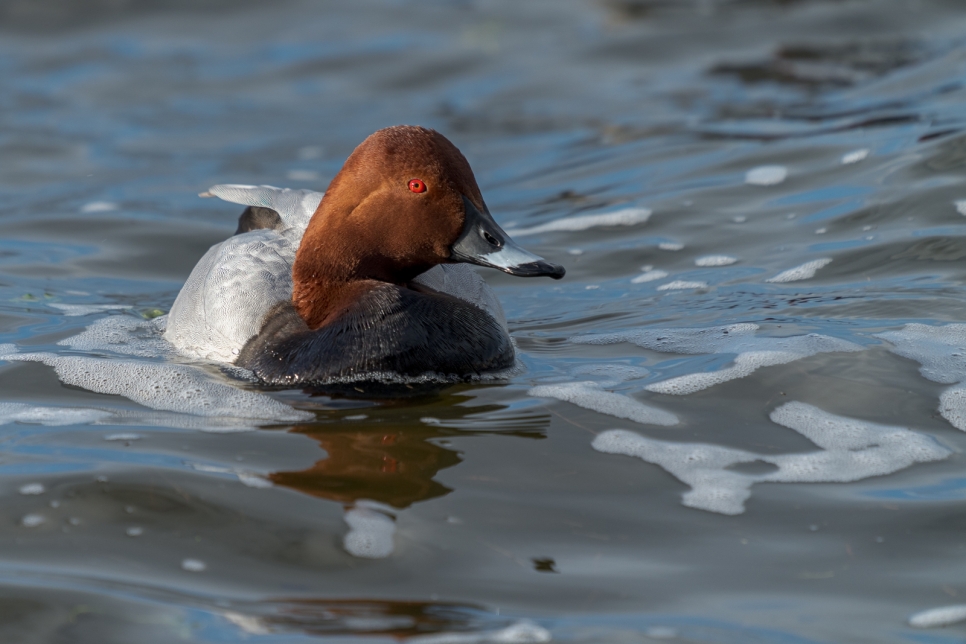
As the seasons start to change and the temperatures in the Northern hemisphere begin to drop, the pochard begin their migration from the Northern Russia tundra. Following a similar route to the Bewick’s swans, they make their way down the continent before hopping over the North Sea to escape the worst of the cold weather. The UK wintering population of pochard can rise to around 30,000 birds and on average, we see 1.6% of that population arriving on the Ouse Washes each year. Though this may sound like a small percentage, this makes the Ouse Washes a site of national importance for our wintering pochard.
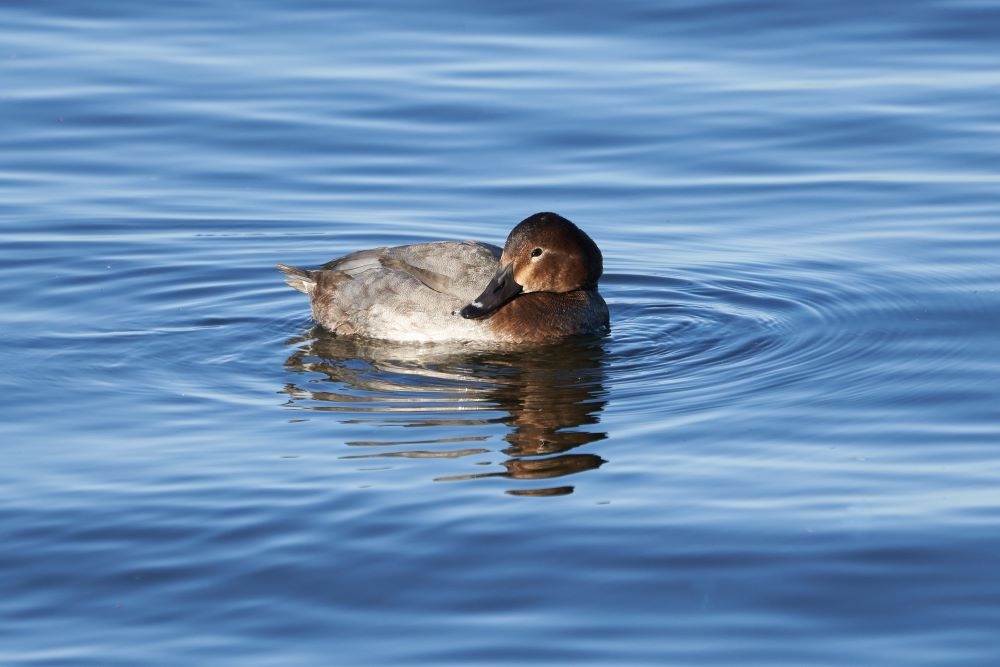
However, the North European population that visits us in the colder months, has been steadily declining and in 2015 the species was moved from a status of Least Concern to Vulnerable. Visitors who have attended our swan feeds before may have heard that we tend to get an uneven ratio of male and female pochard. Generally, the ratio is 9 males to 1 female. 1 reason for this is that while the majority of the males spend the winter in higher latitude countries, such as the UK, the females push further South, favouring places such as Spain and the South of France. Though this is not uncommon amongst migratory duck species, it is particularly noticeable with the pochard. A theory for this is that, though the males and females may leave their respective wintering grounds at the same time, the males have a shorter distance to fly back to the breeding grounds and can therefore establish their territories before the females return. Studies have shown that female pochard also have a higher mortality rate than males, particularly due to predation whilst incubating a nest. This combination of a longer migration and higher mortality means that the adult female population is considerably less that the male population. In addition, the number of pochard migrating to the UK, dropped by 60% between 1987 and 2013. This suggests an overall decline in the population, not just for the females.
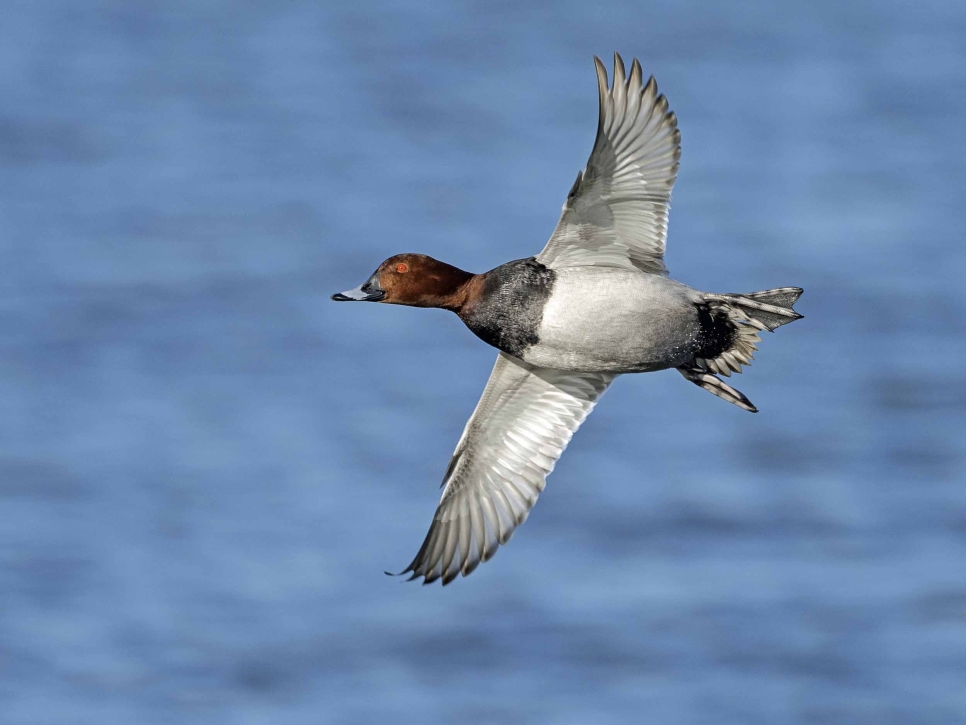
The level of concern for the pochard is increasing, making sites such as the Ouse Washes even more important for the species. Providing the right habitat is a key aspect of enabling a species to survive and as the pochard is known as a diving duck, it prefers deeper waters to other species such as the mallard and wigeon. The annual flooding of the washes provides this deep water and the habitat required for these birds. With further research and communication along the migration path, let’s hope that we can stop the decline of this much loved little bird so that the generations to come will be able to enjoy watching them from the windows of our hides, just as we do today.
